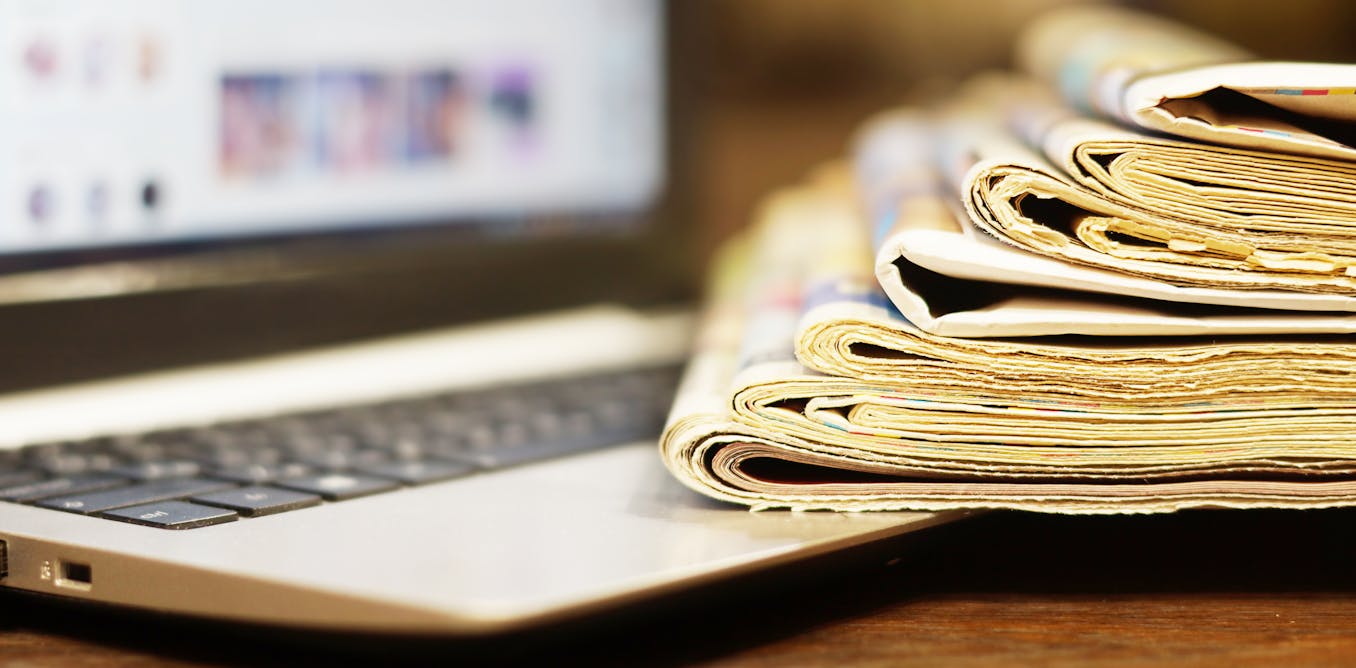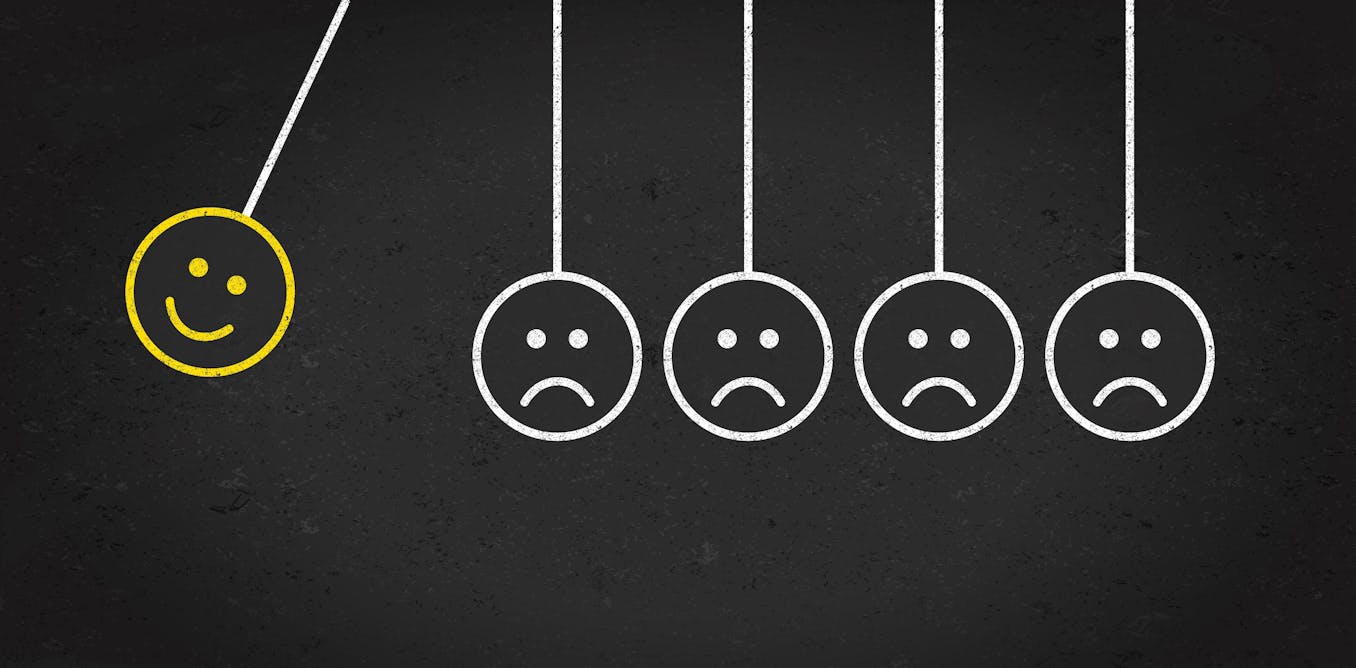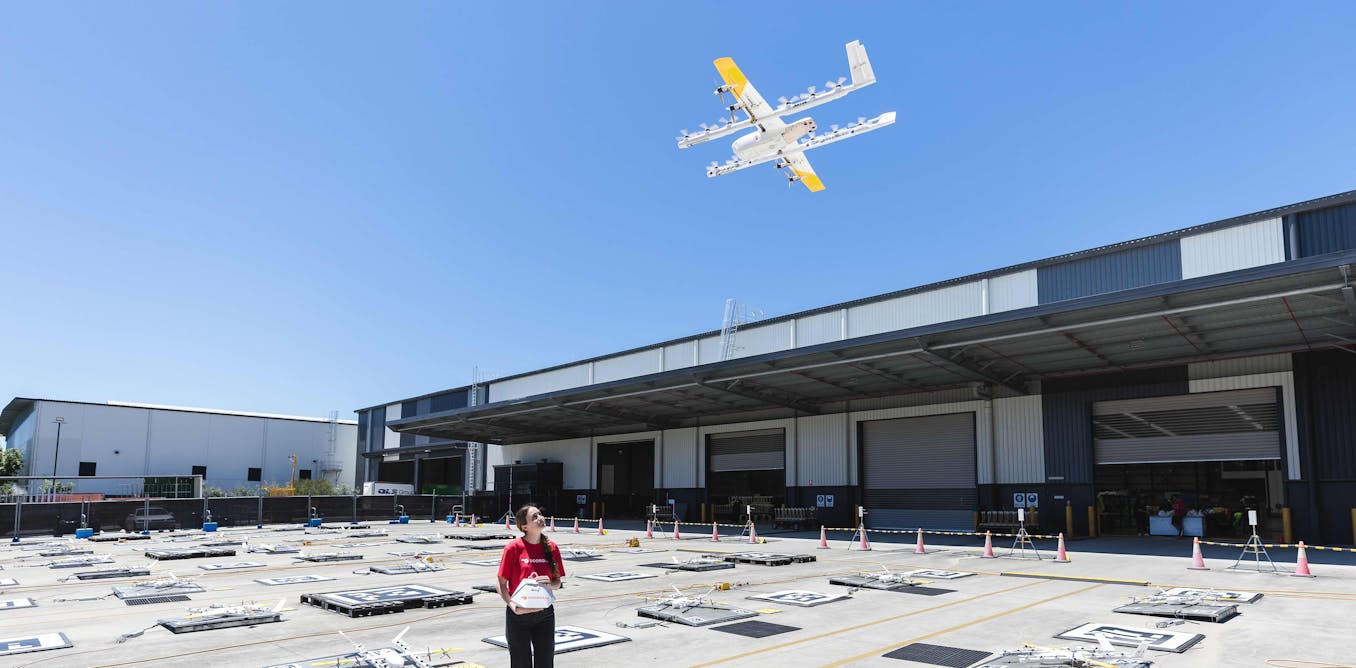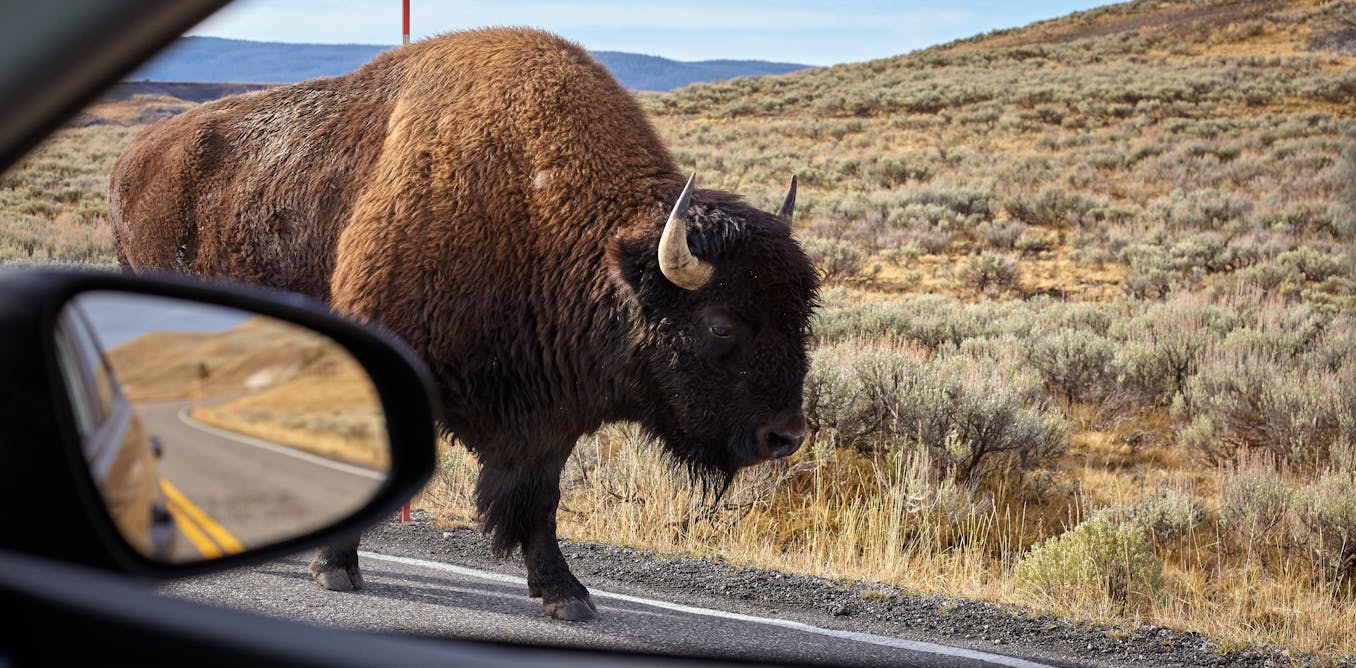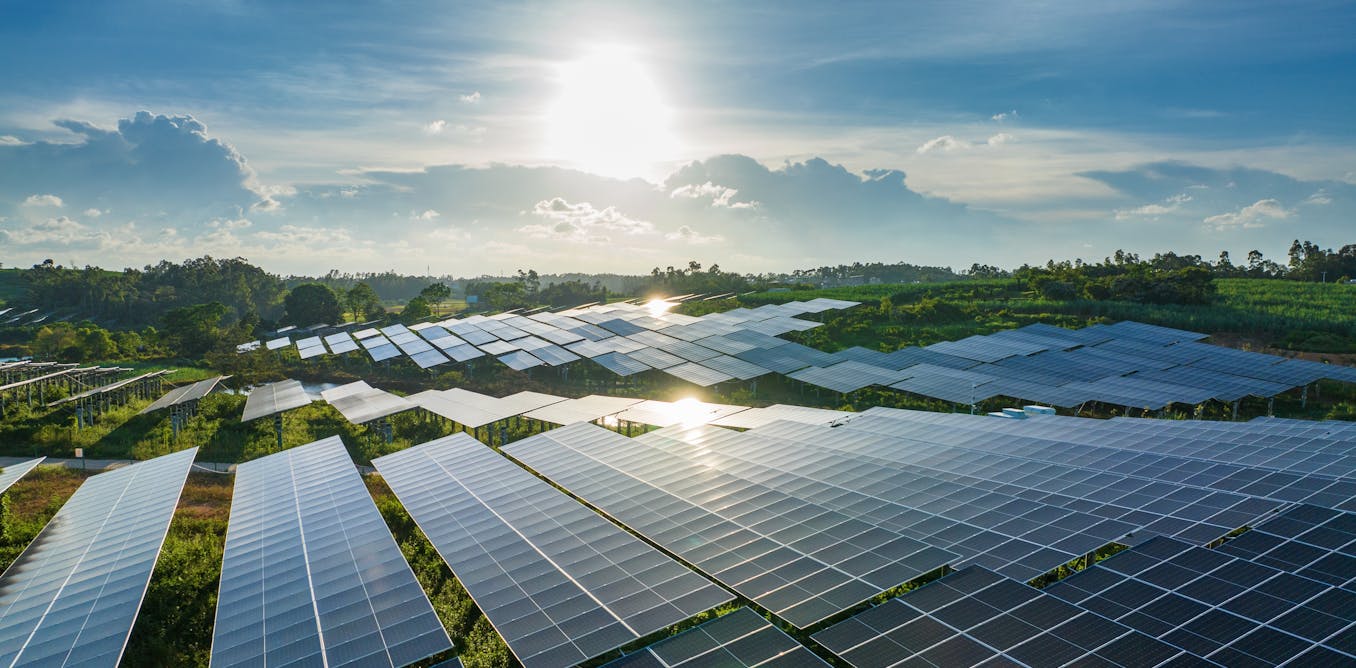Amid outrage at Putin’s war in Ukraine, memorials commemorating the Red Army’s victory over fascism are being torn down across Eastern Europe. But don’t Soviet troops who helped defeat the Nazis in World War II deserve to be remembered?
In Ukraine and across Eastern Europe, monuments dating back to Soviet times are being torn down. But shouldn’t we preserve them as a way of commemorating history?
Few seem to think so. But some believe that tearing down these testaments to Soviet victories plays into Putin’s hands. According to his propaganda, Russia still identifies with the Soviet Union, and the Russian army under his leadership is fighting the same battle as the Red Army once did.
Yet many countries that suffered under Soviet rule see these statues and monuments as symbols of Russian imperialism and oppression. Germany too is home to many Soviet monuments that are even being restored, and critical voices are getting louder.
Over 100 years after the founding of the Soviet Union on December 30, 1922, this documentary shows the challenges of dealing with these monuments of the past. We journey to Ukraine, to the Baltic States, and visit the Soviet memorials in Berlin.
#documentary #dwdocumentary #statues #soviet
______
DW Documentary (English): https://www.youtube.com/dwdocumentary
DW Documental (Spanish): https://www.youtube.com/dwdocumental
DW Documentary وثائقية دي دبليو (Arabic): https://www.youtube.com/dwdocarabia
DW Doku (German): https://www.youtube.com/dwdoku
DW Documentary हिन्दी (Hindi): https://www.youtube.com/dwdochindi
One by one, they’re being toppled. The Soviet monuments of Eastern Europe. Just over one hundred years since the founding of the Soviet Union. For some they symbolize the victory over fascism. For others, aggressive Russian imperialism. We don’t want to destroy it, erase it or change it but preserve it.
You have here the name of a person who committed genocide. Stalin. It’s like having a monument to the Russian soldiers who raped and murdered in Bucha. It’s quiet in downtown Kyiv. But the peace is deceptive. An air raid alarm could go off at any minute, and a deadly strike occur.
There’s no electricity and running water for days on end. Here on the banks of the Dnieper River, the People’s Friendship Arch once symbolized friendship with Russia. Since April 2022, the space beneath it has stood empty. This is what the friendship memorial used to look like. But in April 2022, it was beheaded.
You might think that people in Kyiv have other worries right now than what to do with the city’s monuments. But in fact this question is loaded with significance. Many are keen to see all traces of Russia gone. We know now what kind of “friendship” this is: the destruction of Ukrainian cities,
The killing of tens of thousands of innocent citizens. But not everyone wants to see Soviet monuments torn down. People like Elmira Ettinger and Alex Kovalchuk. He was there when the statues were toppled and filmed them being demolished. Elmira chose to stay at home. It would have been too awful to watch.
Especially given how brutally the monument was demolished. Elmira studies aerospace engineering and is an Instagramer. On her account “Child of Socialism” she posts Soviet postcards, 60s architecture and increasingly often the demolition of monuments. Including many that commemorate the Soviet army in World War II. I don’t like the fact that everything Soviet
Is automatically associated with Russia. It’s hard to see these monuments being torn down, when they’re also dedicated to Ukrainians, our relatives, our fellow citizens. They’re our monuments, too, with Ukrainian names on the plaques. Elmira takes us on a tour of Kyiv’s threatened Soviet heritage. She’s not pro-Russian;
She hates Putin as much as the next person here. But she wants these testaments to the past to be preserved. A standpoint that attracts a lot of hate online. This monument is slated to be the next to go. This is a monument to Nikolai Shchors, a Red Army commander who served in
Ukraine during the Russian Civil War. The city authorities have been planning to tear it down for a long time. Someone scrawled on it Tear me down! I am an executioner! But it’s an amazing equestrian statue. It stands at the junction between two streets and dominates the square. It’s beautiful.
But now we’re just going to be left with another empty pedestal. A government office in Ukraine is in charge of this process of ‘de-Sovietization’. The Ukrainian Institute of National Remembrance is housed in the former headquarters of the Soviet secret police. Its job is to banish the ‘evil spirits’ of the Soviet empire.
Director Anton Drobovych wants Soviet monuments to be carefully documented before they’re removed from the streets. The Shchors monument, he says, is a good example of one that needs to go. Right in the center of Kyiv is a monument to Nikolai Shchors, the commander of the city when the communists took power
In the early 20th century. The communists shot thousands of people, without trial. They looted and robbed. And we erect a monument to Shchors! There’s no doubt it has artistic value. But it’s not right that such monuments exist. It’s like having a monument to the Russian soldiers who raped and killed in Bucha.
It’s no different. Drobovych is back in his office for the first time in months. Since the beginning of the war he’s been on the front, serving as a drone pilot. His lieutenant allowed him to take leave so he could give this interview. His co-workers are happy to see him back, unharmed.
Taking down monuments, fighting Russia on the front: For Drobovych these are two sides of the same fight. The main task of his institute is to help shape Ukraine’s national identity. In patriotic videos, for example, it promotes rememberence of the Holodomor, the Great Famine engineered by Stalin. Millions of Ukrainians starved to death
Something that was never talked about for decades. The Soviet Union rewrote, erased, redefined whole chapters of history. It not only destroyed people, it also destroyed the memory of events. It was a deliberate, totalitarian undermining of the collective memory. Something that must be restored. That’s the main task of our institute.
Which Soviet monuments can stay and which can’t? The Motherland monument is one of Kyiv’s most recognizable landmarks. It won’t be torn down. But what about the Soviet emblem on the shield? It’s a symbol that’s forbidden in Ukraine. Germany, too, is home to huge Soviet monuments.
Such as the Soviet War Memorial in the Tiergarten park in the former West Berlin. Many Ukrainian activists say that Germany too needs to ‘de-Sovietize’. The modern Russian authoritarian regime, they instrumentalize the history of the Second World War in general; they use the past, this victory as an instrument to continue
What the Russians do right now in Ukraine. This is the showing of aggression and power which should not be counted as a memorial. It’s not a memorial. It’s just a victory place that shows: one day we conquered you and we can come again. That’s why the Ukrainian activist collective “Vitsche”
Made this satire video. The message: stop Soviet nostalgia, get rid of the monument. The two tanks in front of the Soviet war memorial have been removed. Their disappearance is being investigated by city authorities. Historians like Jörg Morré see things a bit differently. Things are the way they are; history happened.
And we don’t want to destroy it, erase it, or change it, but preserve it. As for what monuments represent and a monument always represents something, makes a statement we try to contextualize it. If it’s a statement we now condemn, then we try to remove its power.
Jörg Morré is the director of the Museum Berlin-Karlshorst. This is where the German surrender was signed on the night of May 9, 1945. Commemorating the Red Army is part of Morré’s job one that has become increasingly difficult. Until recently, it was called the German-Russian Museum-Karlshorst.
When Putin invaded Ukraine, Morré raised the Ukrainian flag and removed the word “Russian” from the museum’s name. But it still houses Soviet tanks and weaponry. He thinks the memorial in Tiergarten should remain. The Tiergarten tanks are a design component of the memorial. It’s a commemoration of the dead. We made a commitment.
And the idea behind it is that war graves are inviolable for all eternity, something I agree with. Soviet forces were stationed at the memorial in Tiergarten until 1990 and finally completely withdrew from eastern Germany in 1994. This was one of the terms of the Two-plus-Four Treaty,
The international agreement signed by the Soviet Union that allowed the reunification of Germany. As part of the agreement, Germany pledged to assume maintenance and repair responsibility for all Soviet war memorials in the country memorials that often loom large such as the one in Tiergarten. Something some see as a symbol of Russian imperialism.
So it’s actually very interesting because this body language, we see that this soldier is owning this land. Right now it is his land. It’s not about the people, it’s about the land itself. You can see that even at that time, the Soviet Union already underestimated the life itself.
It’s not about a celebration of the lives. about that they have saved other lives. It’s about the power. There were two sides to the Soviet army. Its soldiers not only Russians, but also millions of Ukrainians and others helped defeat Hitler and the Nazis, and liberated Auschwitz. In the process though,
The Red Army suffered by far the highest casualties of all the Allied forces. But the Soviets also committed atrocities as they advanced, and went on to oppress half of Europe for decades. Memorials to the Red Army also have these two sides. Now, Russia’s war of aggression, and the killings of innocent Ukrainians,
Have brought this evil side to the fore. T34 tank monuments can be found across eastern Europe. In Poland they’re being dismantled one after the other. The one at the Berlin-Karlshorst museum is still there despite its negative associations. You stand in front of it and it’s a powerful piece of equipment,
Its sheer scale is formidable. Regardless of the cannon. And basically, these tanks simply rolled over people. Its might is terrifying; it’s an expression of power. So, on the one hand it expresses the power of the Red Army, which helped defeat fascism. But in today’s Poland, it’s seen primarily as a Russian tank.
And Russian is equated with Soviet. It’s Moscow, it’s Putin. No one wants it. How can it be that we have a symbol of power like this, but no symbol of the Ukrainians who died or were deported during the Second World War? There’s nowhere for us to go on May 8 and say:
This is for us, for our people. There should be alternatives, places where you can go to show humility, where you can commemorate, contemplate and feel this pain Because this isnt a rememberance of celebration but one of suffering. What do we want to remember? And what do we want to forget?
These are questions that many Ukrainians ask themselves when contemplating their history. Back in Kyiv. It’s not just World War II memorials being torn down, but anything that serves as a reminder of Russia. Instagramer Elmira Ettinger shows us an example in the train station, often used as a bomb shelter,
Where many don’t want to see Russians depicted here as heroes. Behind this is a bust of the Russian poet Pushkin. There’s also Gorky, Mendeleev and Lomonosov. They were covered up because they might trigger and anger people. People covered Pushkin in paint, so these busts have been boarded up. Maybe to protect them.
But also so that people don’t have to see them. I don’t think this is how art should be treated. Of course, you can’t just smash these busts and destroy them. They have to be taken to a museum, or to parks, and given context. An explanation of what it is, and why it’s here.
Why do we have so many Pushkins and no Cervantes or Thomas Mann or Shakespeare? Why Pushkin? Because Pushkin is the most important poet of the Russian Empire! You’ll always find Pushkin on the main square, while Taras Shevchenko or Lessya Ukrayinka are tucked away four squares further. Empire is not only a political construct.
Empire is something real and visible anchored in its environment. Monuments as pillars of the Russian empire. That’s how they’re seen by many in the Baltic States. In Riga, Latvia, an 80-meter Soviet-era obelisk was taken down. A Red Army monument in the Lithuanian capital Vilnius was also dismantled.
As was a tank monument in Narva, Estonia. All three of these former Soviet states are now in the EU. They take a tough approach to monuments from this era: Only graves and their monuments may remain. Moscow on May 9, 2022. Two and a half months after the invasion of Ukraine.
Putin laid a wreath on a World War II monument as he does every year. His message: Russia under my leadership is the legitimate successor to the victorious Soviet Union. In Ukraine’s Russian-occupied territories there were celebrations marking “Victory Day” on May 9 in Mariupol and Kherson, which has since been liberated.
Putin’s army following in the footsteps of its forefathers who fought the Nazis, as liberators of the allegedly oppressed Russian minority. A narrative proudly shown on Russian television. Today we finally get to wear the St.George’s ribbon again. We wear it with pride. And remember our armies’ heroic deeds which will never be forgotten.
World War II memorials in Germany are also meeting places for Putin supporters. Like the Soviet memorial in Berlin’s Treptower Park. The members of the Ukrainian activist collective “Vitsche” don’t like coming here. Unfortunately somehow I came to this place I didn’t know but on this day it was a pro-Russian, pro-Putin motorcade
They had Russian flags, they were extremely loud and it was on the same day that the whole world was shocked by what happened in Bucha. For me it felt so wrong and so inappropriate. It felt like a celebration of the killing of Ukrainians. If there will be no monuments, it will
Be harder to work with this mythos, to claim this identity over and over again. Imagine there are no great victory monument, they don’t have a place to go. But isn’t it important to preserve such places where Soviet imperial power is displayed? To understand how its propaganda worked and still works today?
You have here the name of a person who committed genocide. Stalin. He committed genocide. He not just erased the culture but killed an enormous amount of people. I cannot imagine us to have in Ukraine some monuments with Hitler’s name or imagine that anywhere else in the world.
Everyone accuses the dictatorship, they work with the memory. And here we see one of the main dictators of the twentieth century just having golden letters, his quotations in Berlin. The inscription is even regularly maintained. Why? In Germany we have the law of monument protection; which means we preserve all kinds of things.
Including these monuments. That’s one point. Secondly, as a historian, I say: yes, this has historical significance, and you preserve it as it is. Back in Kyiv, at the Ukrainian Institute of National Remembrance. A Stalin quote in gold letters director Anton Drobovych wouldn’t stand for that here.
But he understands that Germany has its own view of history. Still, there should definitely be a plaque next to it. In Russian, German and English, putting the monument in context. Why’s it in Berlin? What does the inscription mean? Who is Joseph Stalin? It’s dangerous, because you’re only one step away from normalizing Stalin.
If kids walk by there, or people who don’t know anything about history, they might think, Look: he’s being quoted here in the center of Berlin he must be an OK guy. A plaque, giving context. For some monuments, that could be solution. But for something like the Friendship Arch in Kyiv,
It wouldn’t be enough. In this case, another solution was found: A crack in the arch that once symbolized friendship with Russia. A work of art but also a political statement. Artist Volodymyr Kuznetsov added this crack in 2018, against a backdrop of calls for the release of Ukrainian Kremlin critics held in Russian prisons.
Now, with the war, his work has become a pointed symbol. The arch, this huge monument, symbolized what was an artificial friendship. Of course, it was all propaganda. The ‘friendship’ was meaningless to people who believed in the freedom and independence of the Ukrainian state.
It was a like a yoke that you would put on horses or oxen. I think that this work by Volodymyr Kuznetsov, the crack on the arch of friendship between peoples, is one of the strongest artistic statements about the falseness of this friendship; this destroyed friendship between Russians and Ukrainians.
I’m just not sure it goes far enough. But as art, it’s wonderful. From an aesthetic standpoint, I think the crack is just awful. Such a beautiful metal arch, and then this sticker on it to me, it’s such an ugly addition. But it’s better than tearing down the arch. If it saves it
Then it will have to stay. Later, Elmira takes us to the Kyiv suburb of Horenka where last year, Russian missiles hit residential buildings. The shelling left devastation in its wake. With ironic collateral damage. The Russian Army, supposedly, the “great protector of the Soviet legacy”
Destroyed a Soviet monument just like it would anything else here. Terrible. They hit him right in the heart. He defended us from the German occupiers. Then new occupiers came. And they destroyed him. Among the fallen: Many Ukrainian names. The Soviet soldiers who defeated fascism were by no means only Russians.
The problem is that Putin has hijacked the image of the Soviet soldier. He uses this glorification for propaganda against us Ukrainians. And we’re letting him we’re giving him the right to these images when actually they were made for us. We should be using the monuments to strengthen the spirit of resistance among Ukrainians.
Once again, we’re fighting occupying forces, just as we were then. But instead, we’re tearing down these monuments. The Soviet monuments are inextricably linked to the question of identity. For some, they are monuments of oppression, expressions of Russia’s claim to power. For others, they are testaments to the past,
Works of art worth holding on to. Ultimately, there’s a broad consensus that they shouldn’t be destroyed. That they should be preserved perhaps not at their original sites but at least in museums. As silent witnesses to the Soviet empire of its greatness: in its achievements, and its atrocities.
Video “Toppling Soviet statues – How should history be remembered? | DW Documentary” was uploaded on 05/16/2023 by DW Documentary Youtube channel.




